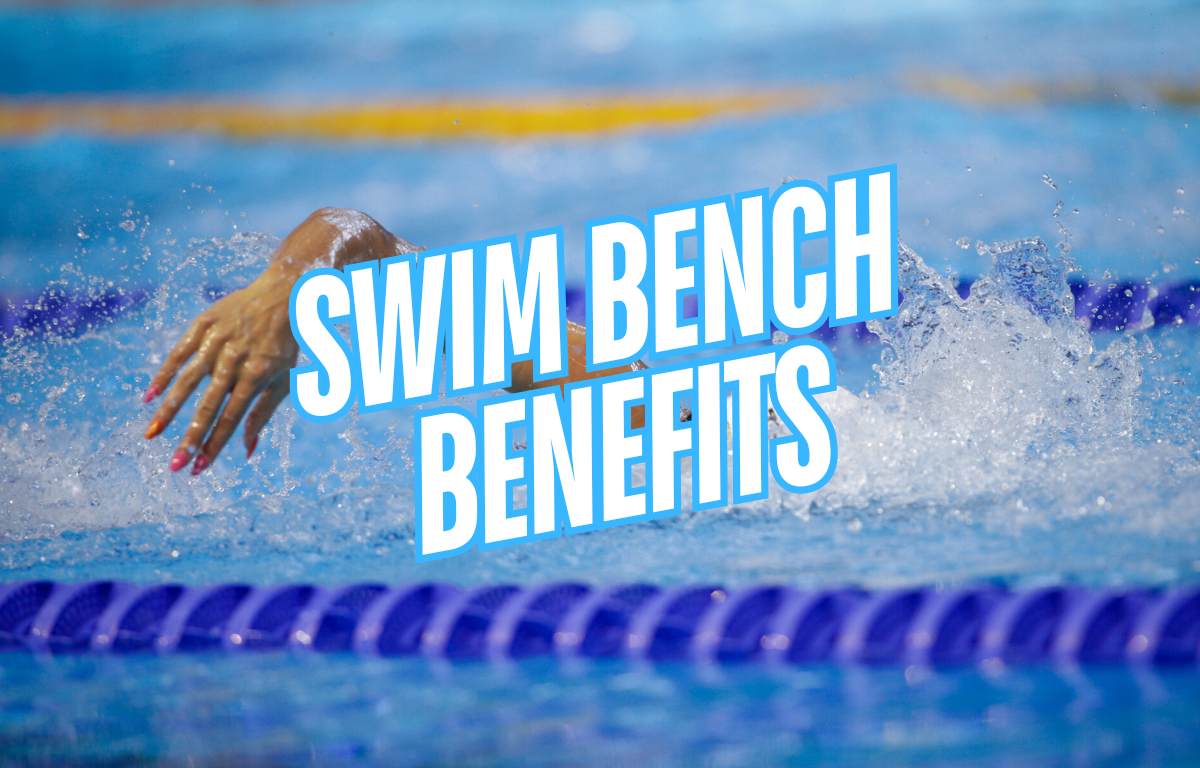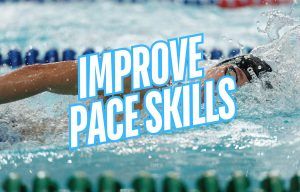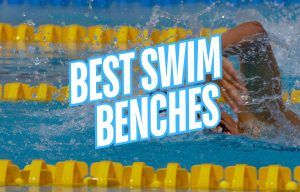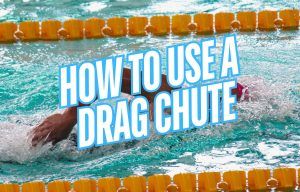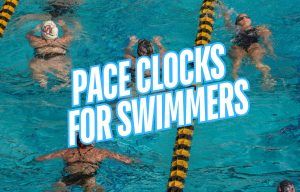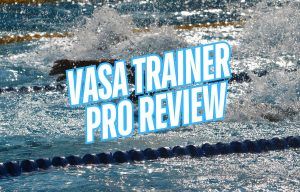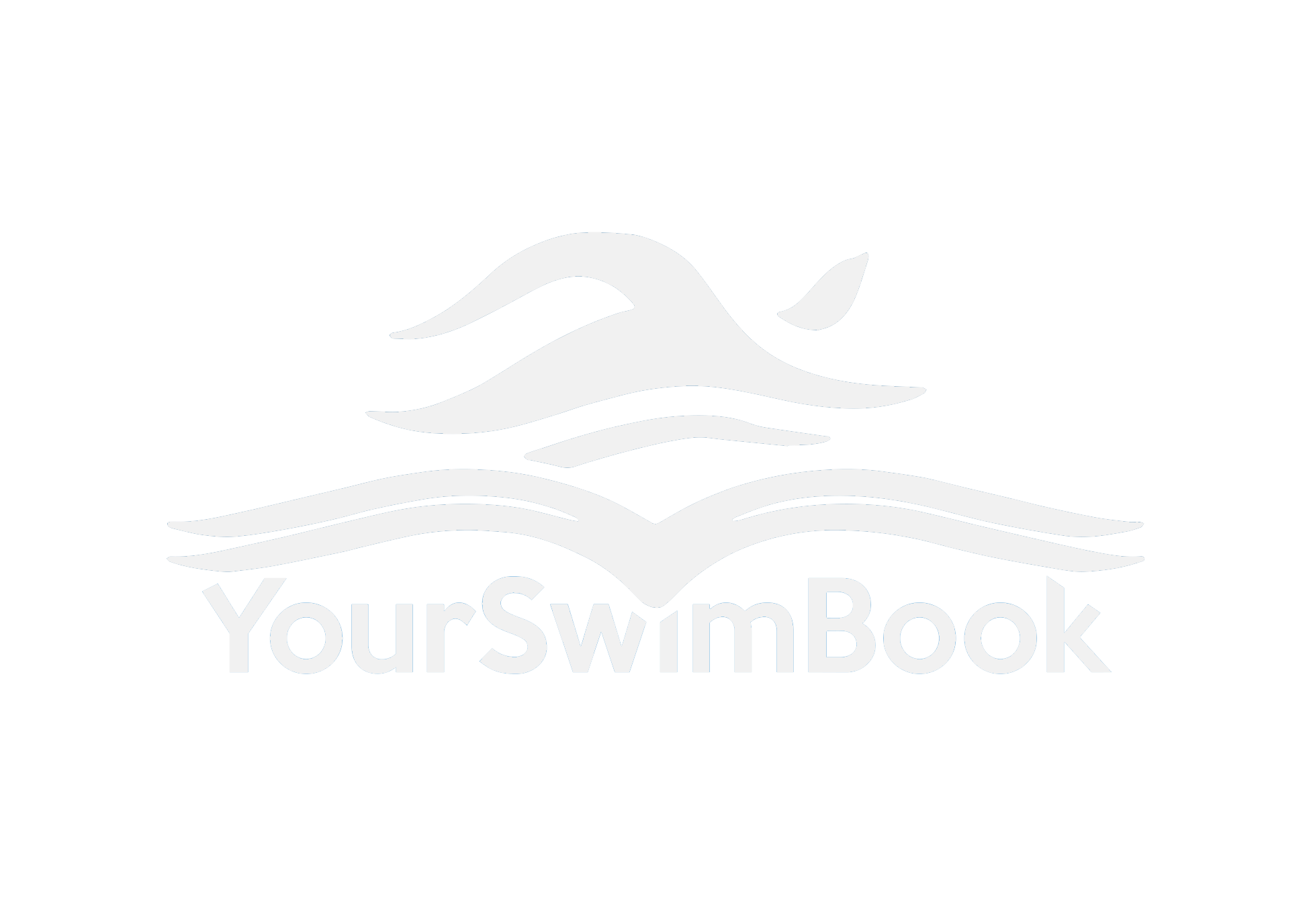Wondering if a swim bench can help improve your swimming? Here are six benefits of swim benches for better technique, more power, and faster swimming.
The swim bench is a classic dryland training tool that is a staple among countless swimmers, swim teams and programs.
Designed to simulate the arm movements and body positioning of swimming, swim benches, which include the VASA Trainer Pro, VASA SwimErg, and others, help build strength, improve stroke mechanics, and increase muscular endurance without having to get in the water.
But while the benefits of a swim bench may look obvious—work the upper body in the same way as swimming to develop strength and power in the water—there are some other reasons to use a swim bench within your swim training.
Here’s a detailed look at the benefits of the swim bench and how to maximize its use for improvement in the water.
Let’s jump in.
The Benefits of Using a Swim Bench
Reasons for swimmers to train with a swim bench include:
- Stroke refinement
- Increased power output
- Improves anaerobic capacity
- Potentiation
- Useful for benchmarking
- Mix things up
Next, we’ll take a deeper look at each benefit, including some research with competitive swimmers to illustrate the relevance of the swim bench to faster swimming.
Later, we will also examine some of the drawbacks of the swim bench so that you can use it in a focused manner.
Stroke refinement
A swim bench allows swimmers to work on specific parts of the pull in a controlled environment. Without having to worry about turning the head to breathe, the swim bench isolates the pulling motion, giving swimmers a chance to really zero in on technique.
Stroke technique is absolutely critical for fast swimming. A study (Pollen et al., 2022) with NCAA swimmers found that 35% of the variance between slower and faster swimmers came down to swimming technique.
Good technique means we move efficiently through the water, creating more propulsion with less effort. It’s why we do miles of drills, stroke counts, and focused technique work.
A swim bench can be particularly useful for developing an early vertical forearm, using a cleaner pull path, and keeping the elbow high in the catch without the distraction of turns, breathing, or water turbulence.
The swim bench offers swimmers an opportunity to conceptualize a high-performance pull on dry land and then transfer it into the water.
Increased power output
Swim benches are great for developing higher power outputs in the water. This is great news for the sprint-focused swimmer!
Studies with experienced competitive swimmers (Pinos et al., 2021a; 2021b.) showed that power output on a swim bench during 30 and 45 second all-out efforts was strongly correlated with 50m freestyle performance.
Swimmers looking to inject some power to their swimming can directly improve power output by implementing a swim bench into their dryland workouts (obviously, programming proper intervals and rest periods are the key to making this work).
Improves anaerobic sprint capacity
Training with a swim bench provides more good news for sprinters and swimmers looking to elevate and tolerate lactate.
The Pinos et al studies also showed that when using the swim bench for maximal 30 and 45 second efforts, sprinters had elevated levels of blood lactate compared to middle distance swimmers.
For swimmers who want to specifically target the glycolytic energy system—the energy system that is dominant between 30s and 2 minutes during all-out efforts—using a swim bench can help here too.
Potentiation
Post-activation potentiation is a training concept where swimmers pair a high-intensity exercise (e.g. 4x10s all out on the swim bench with maximum resistance) with a sprint effort (e.g. 50 swim all out from the blocks).
The resistance activity “primes” the muscles and gives swimmers a short-term performance benefit, leading to quicker times on the clock during the sprint effort.
PAP works best when the stimulus closely resembles the sport movement (McKenzie et al., 2022), and the swim bench can deliver on this transfer.
Swim benches target the lats, shoulders, triceps, and core, providing a strong upper body stimulus that boosts neural drive and cranks up force output when swimming the sprint effort after a rest.
The key with potentiation sets is to allow sufficient rest (4-8 minutes according to Hancock et al., 2015; Kilduff et al., 2011) between the resistance and sprint portions of the set.
Here’s what a sample PAP set would look like with a swim bench:
- 4×8 seconds all-out with maximal resistance on swim bench on 60s
- + 4 minutes rest
- 50 freestyle dive on 3:00
Useful for benchmarking
Swim benches are also a tool for providing objective feedback on improvements in peak and mean power output.
Benches like the VASA SwimErg, which measures power output, can give swimmers and coaches real-time and accurate metrics on performance.
Swimmers can use the bench for:
- Benchmark testing (peak and mean power output, anaerobic power, etc)
- Monitoring dryland progress
- Identifying sprint potential and talent
While nothing replaces the pace clock and swimming in the water in terms of benchmarking improvement (or not improving), a swim bench can provide a set of relevant metrics to recognize progress in your swim workouts.
Mix Things Up
One of the most underrated benefits of a swim bench is how it can spice up your regular swim training. Swimmers of all stripes and abilities log a lot of time in the water, circling the black line.
Let’s be honest: this can get boring after a while.
A swim bench can add variety, freshness, and a new stimulus to training that can help rejuvenate motivation and improvement. Sets and workouts on the swim bench also tend to be shorter and more focused, which leads to increased engagement.
Plus, the gamification and objective feedback from metrics on the swim bench can provide a novel source of improvement and confidence.
The season is long and the grind is real; swimmers can use a swim bench to keep training fun and invigorating while still chasing improvement in the pool and on the clock on race day.
What are some potential drawbacks of the Swim Bench?
While there are plenty of reasons to use a swim bench, there are naturally some potential downsides to implementing one into your swim training:
❌ High upfront cost. Swim benches are quite expensive, particularly compared against similar tools such as resistance tubing (e.g. Stretch Cordz). The VASA Trainer Pro, for example, costs over $1,000. And the “best of the best” when it comes to swim benches, the VASA SwimErg, retails for over $2,000.
❌ No body rotation. During freestyle, swimmers rotate the hips and shoulders. The swim bench places swimmers into a fixed prone position that doesn’t perfectly reflect the body roll and rotation when swimming.
❌ Not portable. Swim benches require a fair amount of space and are also not portable. This fact is especially evident when compared to resistance tubing, which can be easily stored in a swimmer’s bag for travel and portability.
What are the best swim benches?
The best swim benches are the VASA Trainer Pro and the VASA SwimErg.
The VASA Trainer Pro uses gravity to generate resistance and is on the more affordable side of things when it comes to cost. It’s lightweight and can be moved fairly easily between workouts.
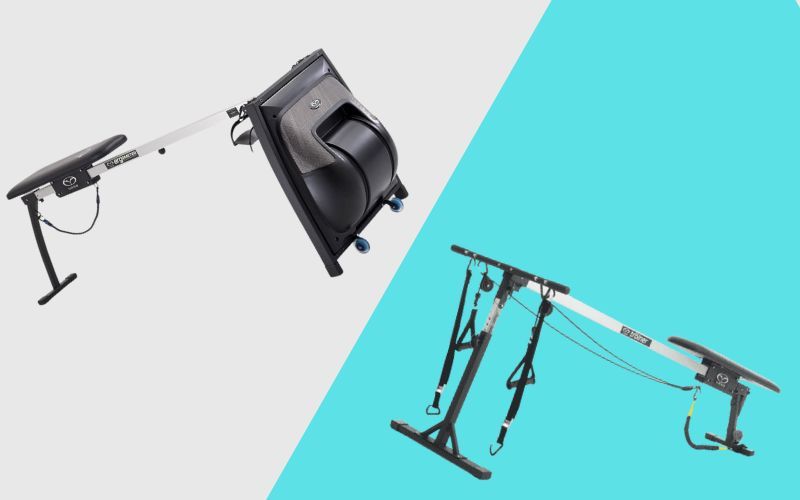
Swimmers looking for more detailed metrics should consider the VASA SwimErg, a device that provides power and performance output information with a Power Meter that can also be connected to smartwatches and training apps for analysis and tracking.
And swimmers unsure about the investment of a swim bench can also get started with a set of Stretch Cordz, which retail for around $30-40. Grab a weight bench, anchor the resistance tubing to the wall or something sturdy, and you’ve got a makeshift swim bench.
Wrapping Things Up
The swim bench is one of the best dryland accessories and tools for competitive swimmers looking to up their game in the water. Swim benches offer real, measurable, and transferrable benefits for improved power and speed in the water.
While no replacement for focused swim training, they are an excellent supplement to your regular training, an alternative on days when the pool is closed, and a way to mix things up when training begins to feel stale.
Add a swim bench to your training, use it to target your specific goals in the water, and happy swimming!

